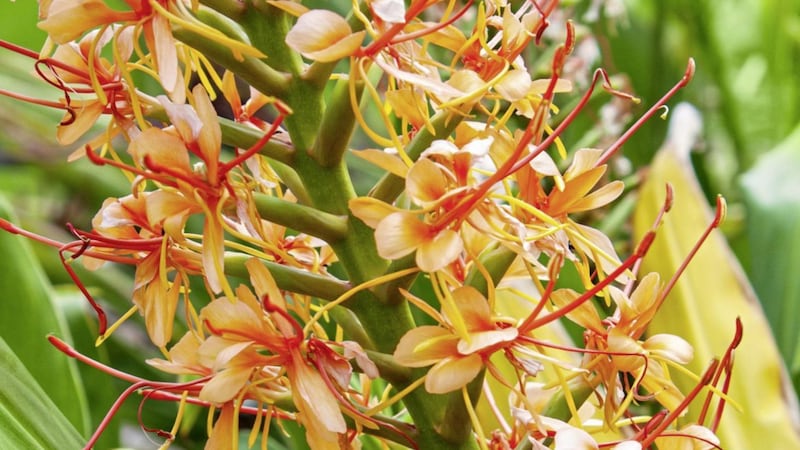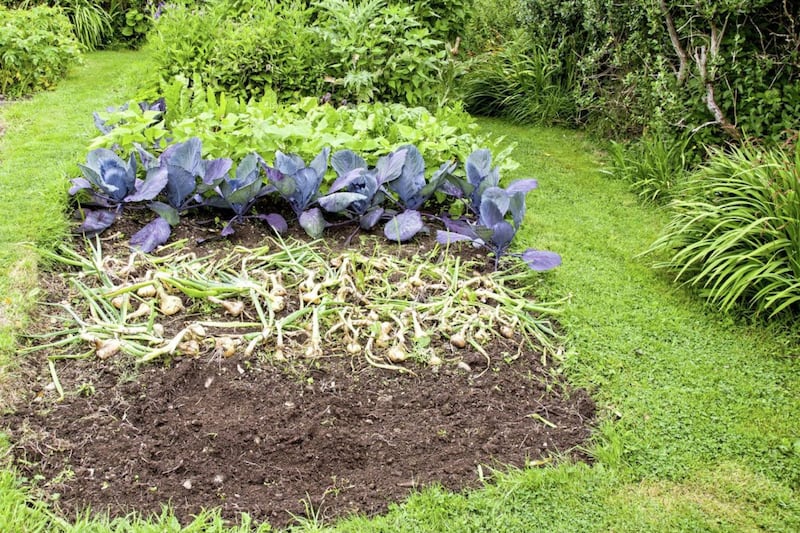IF YOU'VE planted exotics in your garden to create that holiday feel, it's now time to cosy them up as summer fades, to help them survive winter.
1. Banana (Musa): Before frost has arrived, cut away the leaves and place a wide circle of chicken wire around the stems. Fill the inside of the circle with dry straw, going from the wire right to the stem and firming it around and down, so the insulation remains in place. Place horticultural fleece across the top of the straw to further protect the plant during the winter, but still allow air circulation. When winter is over and the danger of frost has passed, remove the lagging and tidy up your plant.
2. Ginger lily: These aromatic showstoppers will flower into the autumn, but once their leaves are caught by frost, cut them back to around 5cm (2in) above ground level and cover the crowns with a thick dry mulch. For extra protection, you could cover the mulch with horticultural fleece, then lift that off in spring when the weather begins to get warmer and new growth starts to appear.
3. Tree fern (Dicksonia Antarctica): In late autumn, tie up the fronds emerging from the thick trunks and erect a circular tube of chicken wire around the trunk, leaving around a foot between fern and wire, tying the circle together with cable ties. Then fill the tube with straw, insulating the trunk. If you anticipate a cold winter, cut off the exposed leaves and cover the straw with horticultural fleece or a hessian sack.
4. Cordyline: Cordyline australis is made of strong stuff and even if you have a harsh winter, it should regenerate. But the variegated and purple types are more tender. When cooler weather comes, you need to tie up the leaves together in a point, which stops any snow or frost reaching the crown. If your plant is in a container, place the pot on feet or bricks so water will seep straight through and not remain cold and wet on the roots. Wrap the tied leaves in horticultural fleece and move pots to a frost-free greenhouse over the winter.






